
How to make the most of QR codes in your marketing
 Photo / Adobe Stock
Guest columnist Greg Glynn offers some tips on how to up your marketing game with QR ("Quick Response") codes.
Photo / Adobe Stock
Guest columnist Greg Glynn offers some tips on how to up your marketing game with QR ("Quick Response") codes.

Summertime in Maine means outdoor marketing opportunities for your business and brand. One marketing tactic that is commonly used at events or to share information with a target audience is a Quick Response (QR) code.
The QR code was invented in 1994 by Masahiro Hara while working for a Japanese company called Denso Wave, but it took quite a while for them to catch on. Now QR codes are used everywhere.
In most cases, the QR code helps a person visit a website with the simple process of using their phone and scanning the QR code. I can remember when QR codes first came out many people were confused by them. People were asking questions like, "Do I scan it? Do I take a picture of it? How does it work?"
As more companies have implemented QR codes in a variety of ways, now consumers are more familiar with the technology, so the codes are more popular. They can be extremely helpful, but is your company using them in the right situations?
In addition to visiting the home page of a company’s website, the QR code can also be used to send people a lead generation page to capture a person's information, which is very valuable for future marketing efforts and to gain new customers.
Whether it's an ad inside a sports stadium or a sandwich board sign outside your business, the location and distance between the consumer and the QR code matters.
Here is a look at some of the recommended uses for when to use QR codes.
A program ad
If you sponsor an event that includes a program ad, placing a QR code on your advertising page is a great way to get the person to your website without having to type in your URL.
Brochure
If you are handing out brochures or if you have them near your register or at an off-site location (trade show booth, local Chamber office, travel rest stop) having a QR code on the brochure works really well.
Accessible event signage
If you are hosting a brand activation or event when people need to get information in real time, using a QR code works great. Some of the most popular ways to display a QR code are sandwich board signs, pop-up banners and flyers.
For example, this year's Maine Shrine Lobster Bowl Classic will feature QR codes at the game to provide people with easy access to purchase digital tickets, view the digital program and the rosters for the teams. This saves on printing costs, which allows more money to go to Shiners Children’s.
Menu
Having a QR code on a restaurant menu that links to your restaurant’s website or your customer reviews page is an instant way to send your customers to the place where they can share more about your restaurantor follow your business on social media.
Business cards
Using a QR code on a business card can be used to send a person to your company website or your bio or to exchange information quickly. I use the QR code from my Dot.com business card all the time
It prevents me from carrying around tons of business cards and instantly puts my contact information into the person’s cell phone — something they are not likely to misplace.
Upping your branding game
In planning your marketing materials, consider using a QR code to share more information with your target audience easier and faster. You can find free QR code generators online or buy QR codes that allow for more branding options and tracking data.
As we all enjoy our backyard barbeques and amazing Maine restaurants this summer, these tips will hopefully give you some food for thought for how QR codes can help with your marketing efforts this summer and beyond.



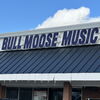



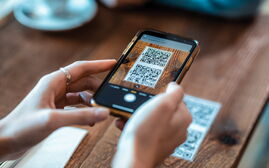


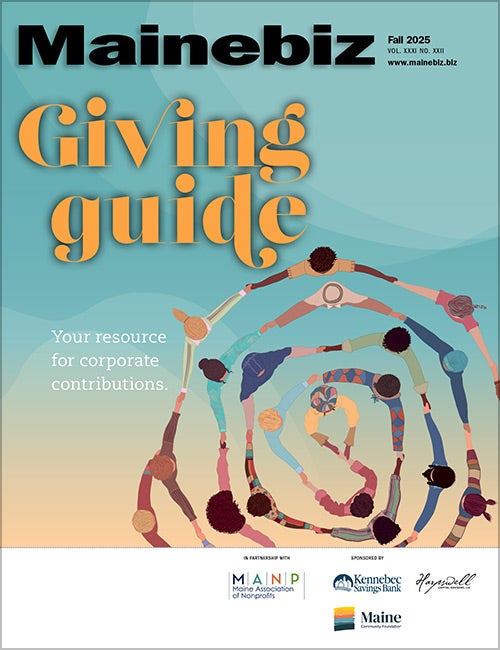
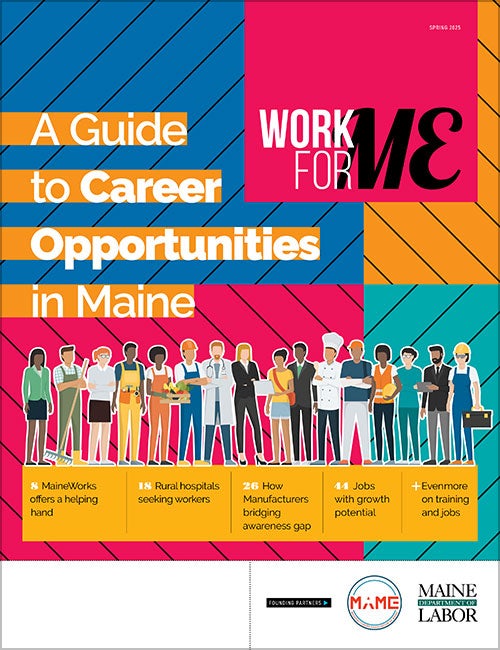
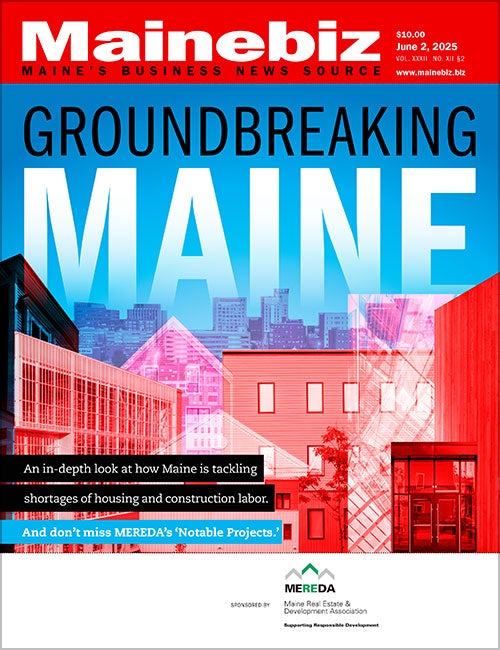

0 Comments